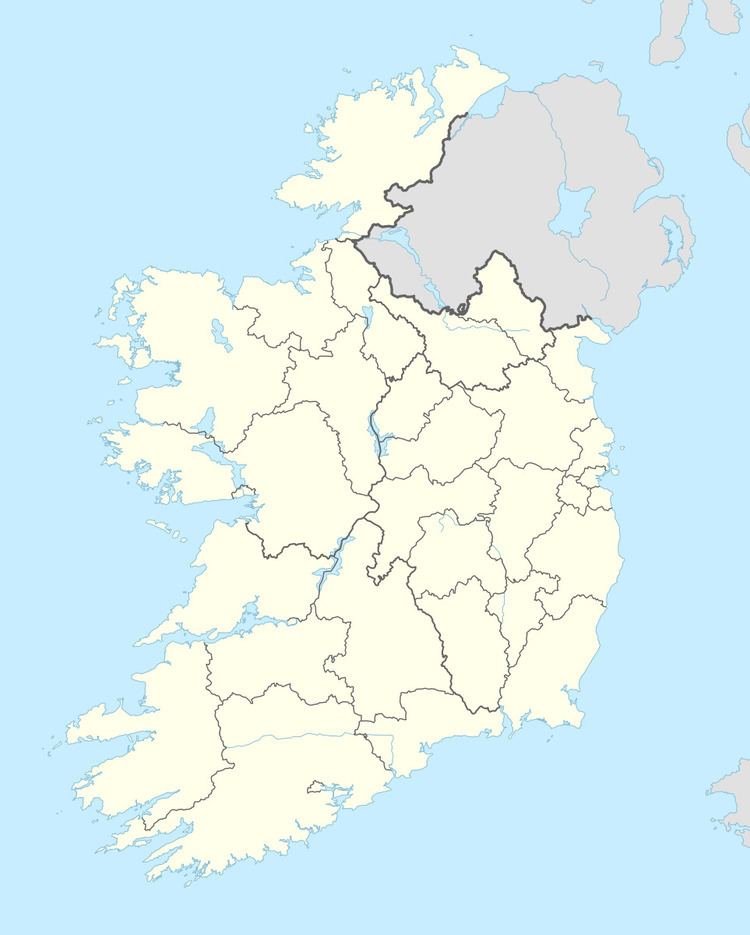Time zone WET (UTC+0) Local time Tuesday 12:27 PM | Elevation 31 m (102 ft) Irish Grid Reference R625638 | |
 | ||
Weather 9°C, Wind S at 31 km/h, 86% Humidity | ||
Clonlara, officially Cloonlara (from Irish: Cluain Lárach), is a village in County Clare, Ireland, and a Catholic parish of the same name.
Contents
- Map of Clonlara Co Clare Ireland
- More tans evicting and assaulting irish citizens today in clonlara
- Village and parish
- Natives
- Clonlara Affair
- References
Map of Clonlara, Co. Clare, Ireland
More tans evicting and assaulting irish citizens today in clonlara
Village and parish
Clonlara is in the east of County Clare in the civil parish of Kiltonanlea or Doonass, barony of Tulla Lower. It lies between the River Shannon to the east and the Clare hills to the west and north. Clonlara village is on the road between Killaloe and Limerick. In 1841 there were 219 people in 31 houses. The village lies beside the head-race canal that deliver water to power the Ardnacrusha power plant a few kilometers to the southwest.
Clonlara has a GAA club and an equestrian centre.
The village is part of Clonlara (Doonas and Truagh) parish of the Roman Catholic Diocese of Killaloe, and the Church of Ireland parish of Kiltenanlea. The parish has three churches: Mary, the Mother of God (Truagh) and St Senan's (Clonlara), both Roman Catholic, and Kiltenanlea Church of Ireland.
Natives
Irish rugby union player Marcus Horan and Irish hurlers Colm and Darach Honan are from the village as is Jan O'Sullivan (née Gale), Labour Party Teachta Dála (TD) for Limerick City.
Clonlara Affair
In 1956 in Clonlara, a local curate had a local group beat up two Jehovah's Witnesses and burn the literature which the two had been trying to distribute. Taoiseach John A. Costello "responded to a protest from Bishop Joseph Rodgers of Killaloe by writing that he appreciated 'the just indignation aroused among the clergy and the people by the activities of the Jehovah’s Witnesses.'"
